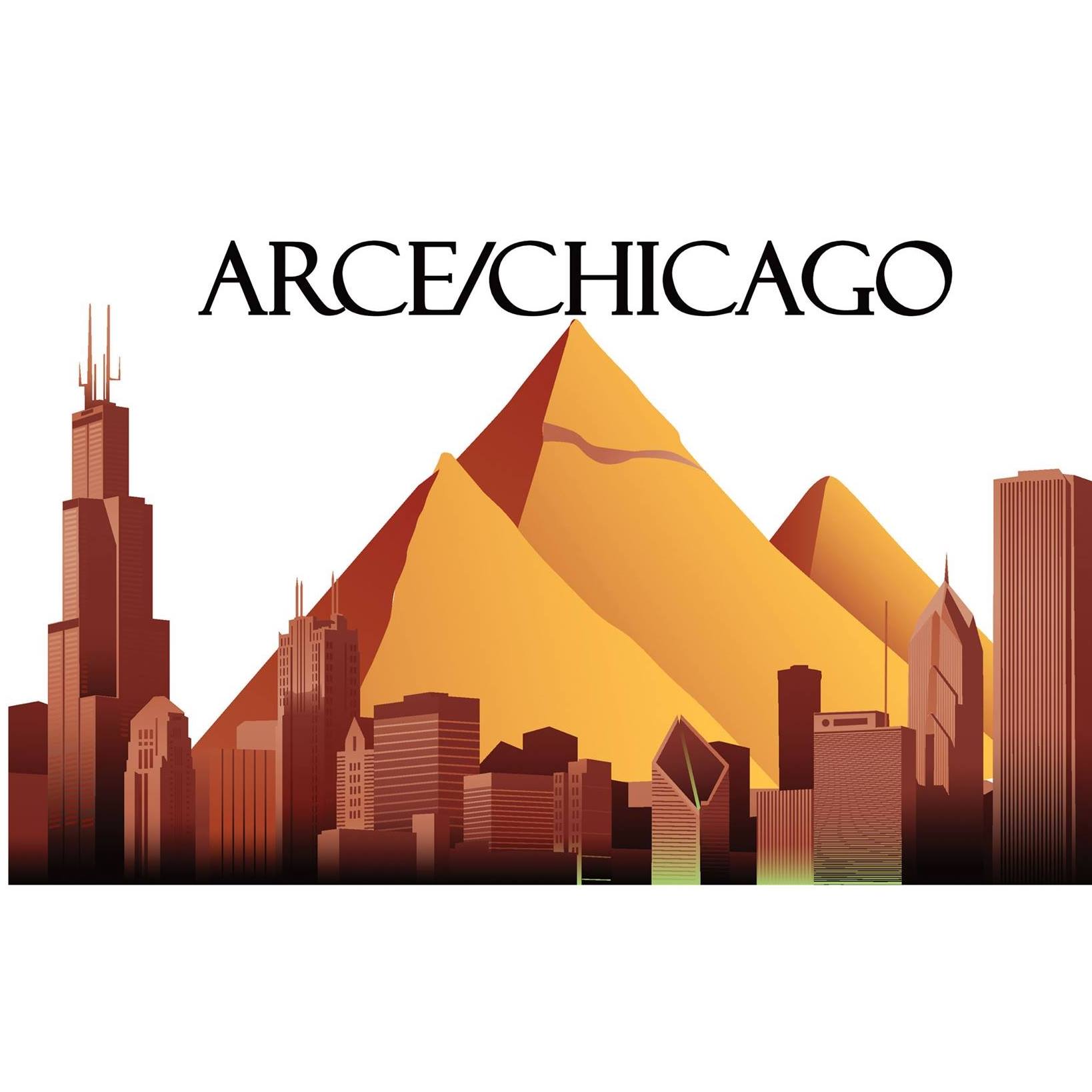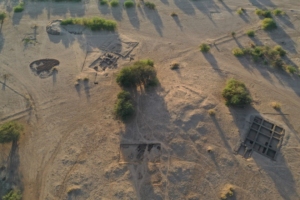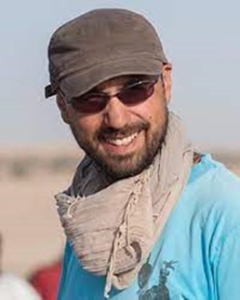
11
MarARCE Chicago: Architecture and Urbanism in Ancient Nubia
Presented by: Dr. Marc Maillot; Oriental Institute Associate Director/Chief Curator
- 5:00 PM CTIllinois
- LaSalle Banks Room at the Oriental Institute1155 E 58th St, Chicago, IL 60637
- + Add to Calendar
Lecture Information
 Successor to the kingdom of Napata that developed in Nubia down to the region of the 4th cataract after the withdrawal of the New Kingdom Egyptians, the Kingdom of Meroe (3rd c. BC-3rd c. AD) emerged 310 miles further south, between 5th and 6th cataracts. Centered on the fertile plain of Shendi, in the heart of the Butana region, the kingdom’s capital, Meroe, is also the home of the royal necropolis, with the famous pyramids. Around Meroe, a great number of urban sites were discovered in the past 15 years. A great majority of these Meroitic urban sites contain also a large number of palaces. This is the case in the capital, Meroe, with both buildings M294 and M295 in the ’royal city’, and the large structure M750, close to the Amun temple. Palaces are also found in several religious centers such as Jebel Barkal and Naqa. Medium-sized cities in the Island of Meroe such as Wad ben Naqa, el-Hassa or Muweis also contained palaces. Although in many respects the Nubian buildings are very different from their Egyptian counterparts, there is, in the current state of research, a relative continuity of the symbolic value of the palatial building. The implementation of a new palace is a major event, because the building represents the creative role of the sovereign and restorer of the world order. The structure must embody these meanings by showing them in its functional aspects. Through a comparative approach, the palatial buildings will be analyzed and placed in the urban network, especially in their relationship with the main temple of the city. These considerations resulting from excavation data, the situation presented here aims to be a first step towards a better understanding of palatial Nubia and Meroitic urbanism.
Successor to the kingdom of Napata that developed in Nubia down to the region of the 4th cataract after the withdrawal of the New Kingdom Egyptians, the Kingdom of Meroe (3rd c. BC-3rd c. AD) emerged 310 miles further south, between 5th and 6th cataracts. Centered on the fertile plain of Shendi, in the heart of the Butana region, the kingdom’s capital, Meroe, is also the home of the royal necropolis, with the famous pyramids. Around Meroe, a great number of urban sites were discovered in the past 15 years. A great majority of these Meroitic urban sites contain also a large number of palaces. This is the case in the capital, Meroe, with both buildings M294 and M295 in the ’royal city’, and the large structure M750, close to the Amun temple. Palaces are also found in several religious centers such as Jebel Barkal and Naqa. Medium-sized cities in the Island of Meroe such as Wad ben Naqa, el-Hassa or Muweis also contained palaces. Although in many respects the Nubian buildings are very different from their Egyptian counterparts, there is, in the current state of research, a relative continuity of the symbolic value of the palatial building. The implementation of a new palace is a major event, because the building represents the creative role of the sovereign and restorer of the world order. The structure must embody these meanings by showing them in its functional aspects. Through a comparative approach, the palatial buildings will be analyzed and placed in the urban network, especially in their relationship with the main temple of the city. These considerations resulting from excavation data, the situation presented here aims to be a first step towards a better understanding of palatial Nubia and Meroitic urbanism.
Speaker Bio
 Dr. Marc Maillot received his Ph.D. from Sorbonne University in 2013 and is an associate researcher of the UMR 8167 “Orient et Méditerranée” (French National Research Center-CNRS). Before his appointment as a Courtesy Assistant Professor at University of Central Florida in 2015, Dr. Maillot conducted seminars on late antiquity urbanism and architecture at Paris-Sorbonne University, and Shendi University in Sudan. His research interests include vernacular architecture both in Egypt and Sudan, Meroitic iconography, Social Anthropology, and urbanism in antiquity. Dr. Maillot has worked on archaeological sites abroad since 2007, with a special focus on the Middle Nile Valley, on sites such as Damboya, Muweis, el-Hassa, and Sai Island. His field experience also includes the archaeology of Roman settlements in France, particularly on the shores of the Marne River. His past research has been focused on technical approaches to the study of cultural transmission, and more specifically on the theme of casemate foundations for monumental brick structures along the Nile. Dr. Maillot’s current research focuses on the Osirian cult practice in the Meroitic royal pageantry, architectural representation in the iconography of the Middle Nile Valley, and late antiquity Nubian towns as production machines for a centralized power based at Meroe. He has been appointed as the OI Museum Chief Curator in January 2023.
Dr. Marc Maillot received his Ph.D. from Sorbonne University in 2013 and is an associate researcher of the UMR 8167 “Orient et Méditerranée” (French National Research Center-CNRS). Before his appointment as a Courtesy Assistant Professor at University of Central Florida in 2015, Dr. Maillot conducted seminars on late antiquity urbanism and architecture at Paris-Sorbonne University, and Shendi University in Sudan. His research interests include vernacular architecture both in Egypt and Sudan, Meroitic iconography, Social Anthropology, and urbanism in antiquity. Dr. Maillot has worked on archaeological sites abroad since 2007, with a special focus on the Middle Nile Valley, on sites such as Damboya, Muweis, el-Hassa, and Sai Island. His field experience also includes the archaeology of Roman settlements in France, particularly on the shores of the Marne River. His past research has been focused on technical approaches to the study of cultural transmission, and more specifically on the theme of casemate foundations for monumental brick structures along the Nile. Dr. Maillot’s current research focuses on the Osirian cult practice in the Meroitic royal pageantry, architectural representation in the iconography of the Middle Nile Valley, and late antiquity Nubian towns as production machines for a centralized power based at Meroe. He has been appointed as the OI Museum Chief Curator in January 2023.